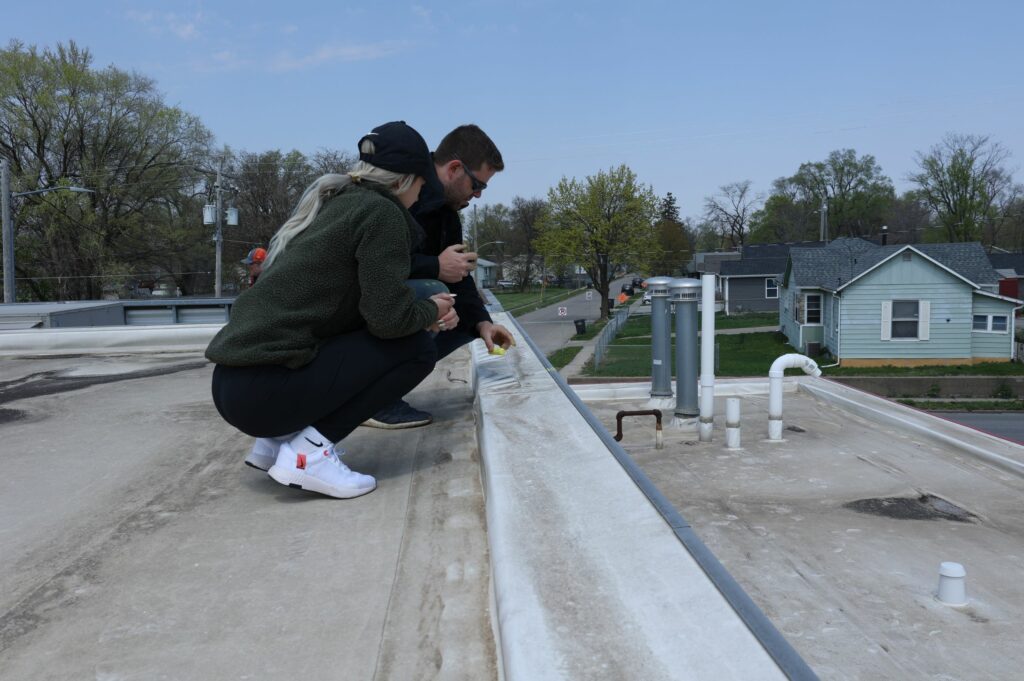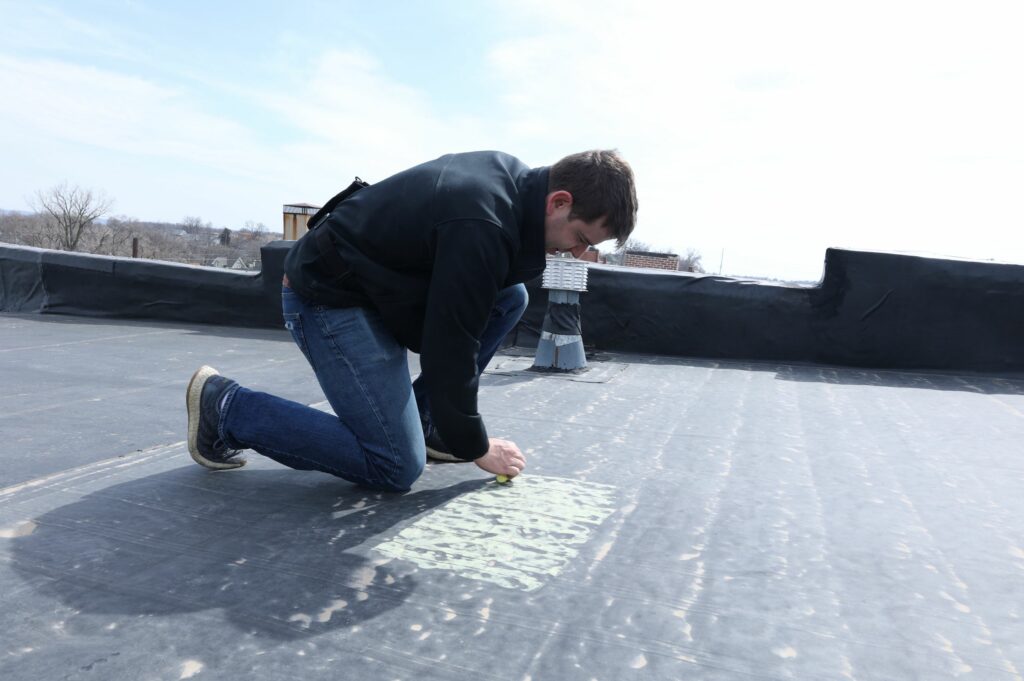You just bought your dream property— investing time, effort, and resources into making it a reality. Yet, amidst the joys of ownership lies the uncertainty of potential structural disasters. Enter collapse coverage, a policy feature often overlooked, but essential in shielding your investment. Learn about the depths of this coverage type, demystifying its significance, and empowering you to navigate your policy with confidence.
Do I Need Collapse Coverage?
Collapse coverage protects policyholders from financial losses resulting from the sudden and unexpected collapse of a building or a part of the property. This collapse could be due to various reasons, including structural defects, hidden decay, or other covered perils. Collapse coverage typically comes in two forms: broad and narrow.
Broad Collapse Coverage
Broad collapse coverage offers protection against a wide array of causes, including hidden decay, insect or vermin damage, and weight of contents. This comprehensive coverage ensures that policyholders protect their property from a broad range of potential risks.
Narrow Collapse Coverage
Narrow collapse coverage requires proof of a specific cause, such as fire, explosion, or perils explicitly listed in the policy. This type of coverage is more specific in its requirements, but still offers essential financial protection in the event of a collapse.
What Does This Look Like in Your Policy?
One fundamental aspect to consider is how your insurance policy defines collapse. Definitions can vary significantly depending on the policy and carrier. While some policies define collapse as an abrupt falling down or caving in of a structure, others may include substantial impairment of structural integrity. Understanding how collapse is defined in your insurance policy is key when it comes to protecting your property.
Covered Causes
We recommend policyholders review the events or perils covered in their insurance policy to assess their level of protection comprehensively. Covered causes may encompass structural defects, insect or vermin damage, the weight of ice, snow, or sleet, and specific natural disasters, among others. By understanding these covered causes, policyholders can better anticipate and mitigate potential risk to their property.
Exclusions
Similar to other insurance coverages, collapse coverage has a set of exclusions that can limit what it will cover. Common exclusions include gradual deterioration, wear and tear, settling, and maintenance related issues. These exclusions highlight the importance of routinely maintaining your property. Being aware of these exclusions allows you to understand the extent of the coverage provided by the policy and any potential gaps that may exist.
Why Your Property Needs Structural Protection
Collapse coverage provides policyholders with financial protection against unforeseen structural failures that could result in significant repair costs. Property owners may face substantial expenses to repair or rebuild damaged structures without this coverage type.
Review Your Policy
To ensure adequate protection, we recommend policyholders carefully review their insurance policies and understand the terms and conditions of their coverage. They should also consider consulting with a qualified insurance professional to assess their coverage needs and make informed decisions. To have your policy thoroughly reviewed by our team of licensed professionals, submit your policy here: https://premier-claims.com/policy-review/
Collapse coverage is a vital component of property insurance, offering protection against unexpected structural failures. By understanding what their insurance policy entails and ensuring they are adequate coverage, policyholders can protect their properties accordingly. Knowing that you’re financially protected in the event of a collapse, is the peace of mind every property owner deserves.


